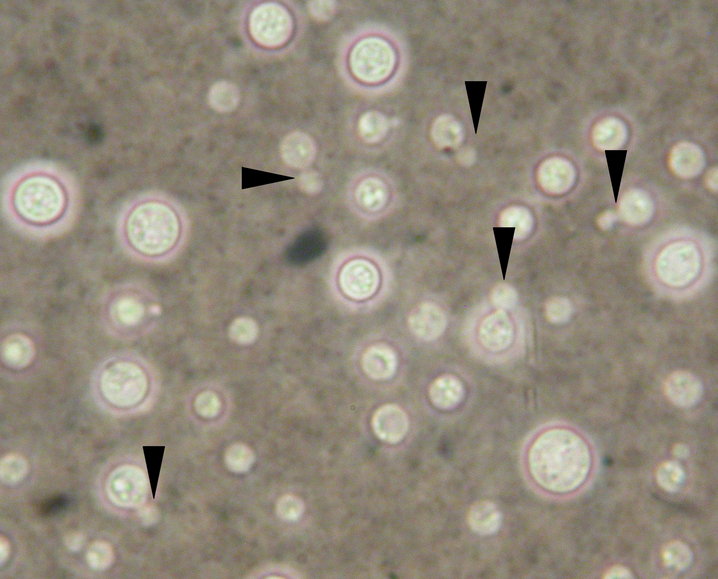
Officials have already recognized and responded to the rapid increase in the emergence of new fungal pathogens. Climate change has also altered or expanded the geographic distribution of known pathogenic fungal species, resulting in the emergence of diseases in regions where they were not been previously reported. In addition to the emergence of amphibian fungal pathogens, adaptation to increased temperatures due to climate change has led to the ability of multiple fungal species to overcome mammalian endothermic defenses, leading to their establishment as new human fungal pathogens. For example, pathogenic species belonging to the phylum Chytridiomycota have been shown to be a major factor leading to the extinction of multiple amphibian species. In recent years, however, this perception has changed rapidly, and there is growing concern about the threats posed by fungi to animals and humans. Viral and bacterial infections tend to be the pathogens that receive the most attention, especially for their potential to cause pandemics accordingly, human fungal pathogens and IFDs have long been underrecognized. In addition, people with underlying diseases including diabetes mellitus, liver or kidney disease, chronic obstructive pulmonary disease, and viral respiratory tract infections, have been newly identified as an at-risk population. People most at risk of invasive fungal disease (IFD) are those with a compromised immune system, due to HIV infection, chemotherapy and immunotherapy for cancer, solid organ transplantation, or other factors. The development of novel management strategies through the identification of new drug targets and the discovery and optimization of new and existing diagnostics and therapeutics are key to reducing the health burden.Įmerging fungal pathogens and infections pose increasing threats to global public health. Emphasis should be placed on further understanding the mechanisms of pathogenicity and of antifungal resistance and tolerance. neoformans is compounded by accumulating evidence for its ability to infect immunocompetent individuals and the emergence of antifungal-resistant variants. Unfortunately, diagnostic and treatment options for cryptococcal infections are limited, and emerging antifungal resistance exacerbates the public health burden. The incidences of CM in Europe and North America and the Latin America region have increased by approximately two-fold since 2009, while other regions showed either reduced or stable numbers of cases.

However, cryptococcal meningitis still accounts for 19% of AIDS-related deaths annually. There has been a general reduction in the estimated global burden of HIV-associated cryptococcal meningitis since 2009, probably due to improvements in highly active antiretroviral therapies. Finally, we summarized knowledge regarding the resistance and tolerance of C. We then reviewed recent updates on the diagnosis and antifungal treatment of cryptococcal infections. We next conducted scoping reviews in accordance with the guidelines described in the Preferred Reporting Items for Systematic Reviews and Meta-analyses extension for Scoping Reviews using PubMed and ScienceDirect with the keyword Cryptococcus neoformans to identify case reports of cryptococcal infections published since 2000.
Cryptococcus neoformans india ink series#
We first reviewed trends in the global burden of HIV-associated cryptococcal infection, mainly based on a series of systematic studies. The purpose of this review is to drive research efforts to improve future diagnoses, therapies, and interventions associated with fungal infections. Taking the highest-ranked fungal pathogen in the FPPL, Cryptococcus neoformans, as a paradigm, we review progress made over the past two decades on its global burden, its clinical manifestation and management of cryptococcal infection, and its antifungal resistance.

The World Health Organization has responded to the rising threat of traditionally neglected fungal infections by developing a Fungal Priority Pathogens List (FPPL). Emerging fungal pathogens pose important threats to global public health.


 0 kommentar(er)
0 kommentar(er)
